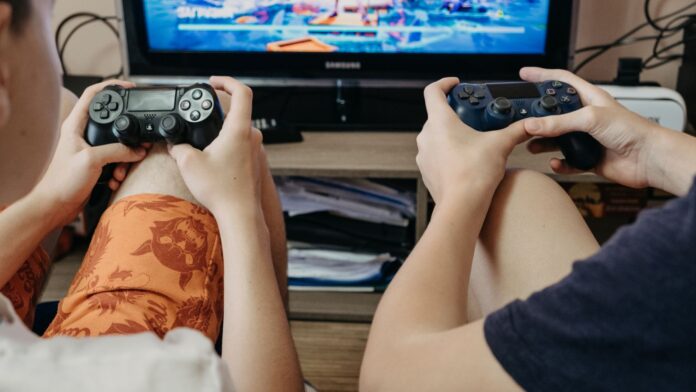Introduction to Harmonicode Gaming
Harmonicode gaming brings music into every move. In these games, each note, beat, or chord guides action. Players connect sound and play to solve puzzles, reach milestones, and unlock new levels. This blend of melody and mechanics makes every session both a challenge and a lesson in rhythm.
How Harmonicode Gaming Works
In harmonicode gaming, you use musical input to control characters and outcomes. Key steps include:
-
Note Input: Tap, press, or play notes in time.
-
Pattern Matching: Follow on-screen cues that sync with melody lines.
-
Reward Feedback: Correct sequences add layers of sound; errors pause or simplify the music.
-
Level Progression: Success unlocks new tunes, scales, and beat patterns.
Key Aspects of Harmonicode Gaming
Music-Driven Mechanics in Harmonicode Gaming
-
Beat Matching
Players tap or press keys when markers reach fixed points. Timing must match the rhythm of each track. -
Melody Puzzles
Games present short melody fragments. You rearrange them into the correct order to open doors or reveal secrets. -
Chord Sequences
Some titles use chords instead of single notes. You play the right combination to trigger special actions.
User Interfaces for Harmonicode Gaming
-
Touchscreen Controls
Common on mobile devices. Tap zones light up with each beat. -
Keyboard Input
Browser or desktop games often map notes to keys like A, S, D, F. -
MIDI and Controllers
Advanced players connect keyboards or drum pads for a direct link between instrument and game.
Adaptive Audio Feedback
-
Layers of instruments appear as you play correctly.
-
Music strips back when you miss notes, offering clear cues to regain focus.
-
Tempo can shift to match player speed, keeping the challenge balanced.
Benefits of Harmonicode Gaming
-
Improved Timing
Regular play trains your sense of rhythm and pace. -
Music Literacy
Exposure to scales, chords, and note names builds basic music theory. -
Focus and Memory
Remembering patterns strengthens short-term memory and attention. -
Engaging Practice
It feels like play rather than study, making practice more fun.
Detailed Information Summary
| Aspect | Description | Benefit |
|---|---|---|
| Input Method | Touch, keyboard, or MIDI controller | Flexible for all devices |
| Learning Curve | Beginner modes introduce simple beats; advanced levels add melody puzzles | Easy start, grows with skill |
| Core Tasks | Beat matching, melody assembly, chord playing | Variety in play styles |
| Platforms | Mobile (iOS, Android), browser, PC, consoles | Wide access |
| Music Styles | Pop, classical, electronic | Broad appeal |
| Skill Focus | Timing, pattern recall, basic theory | Well-rounded practice |
| Progress Tracking | Scores, star ratings, level unlocks | Clear goals |
Getting Started with Harmonicode Gaming
-
Pick a Title
Search for mobile or desktop games with “music puzzle” or “rhythm challenge.” -
Choose Controls
Start with touchscreen or keyboard. Switch to MIDI when you feel ready. -
Follow Tutorials
Complete early levels that teach note names, beat counts, and chord shapes. -
Adjust Settings
Slow down tempo or simplify note charts if you need extra time. -
Track Progress
Use in-game stats to see improvement in hit rate and speed.
Tips for Success in Harmonicode Gaming
-
Warm Up
Play a basic rhythm level first to settle your timing. -
Focus on One Pattern
Master simple sequences before moving to complex melodies. -
Listen Actively
Pay attention to changes in the soundtrack for clues. -
Practice Daily
Short, regular sessions build steady progress.
Conclusion
Harmonicode gaming turns music into a core game tool. By using notes, rhythms, and chords, players learn to connect sound with action. This blend of play and practice sharpens timing, builds music skills, and keeps each session fresh. Start with a simple title, follow the built-in lessons, and let harmonicode gaming guide you through every beat.




